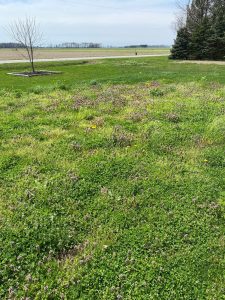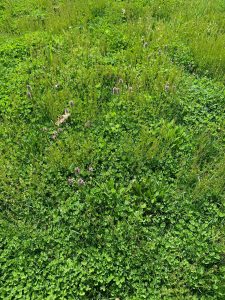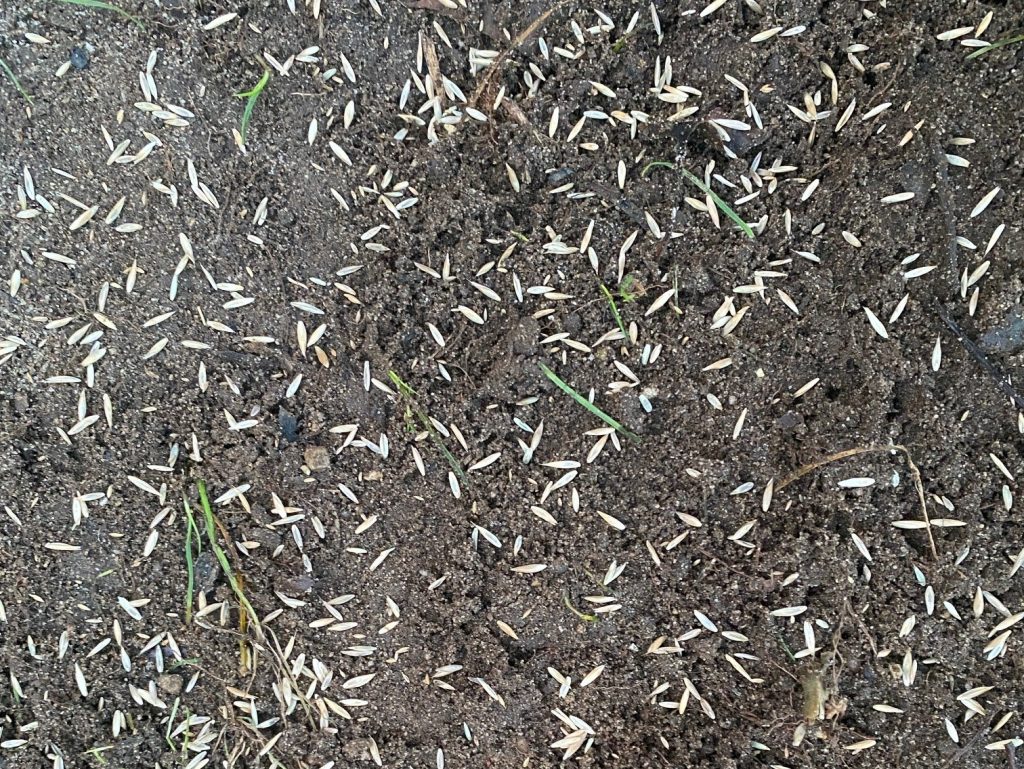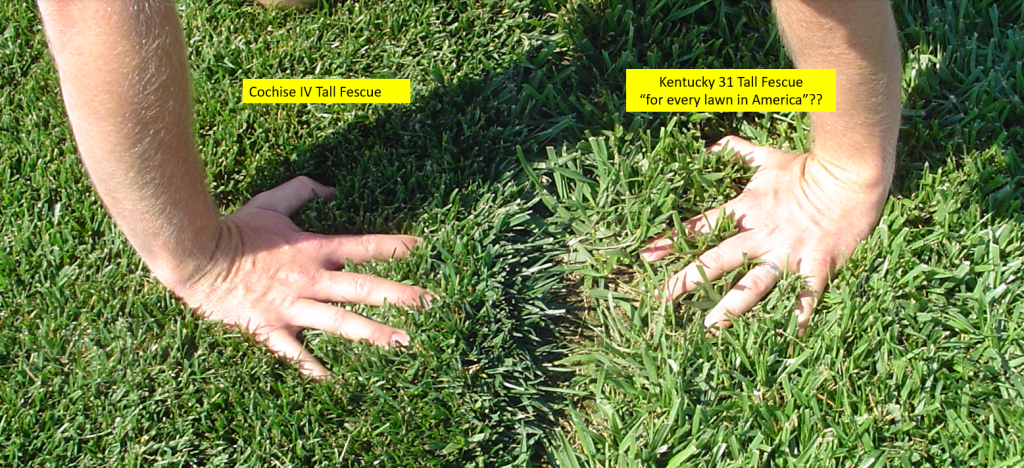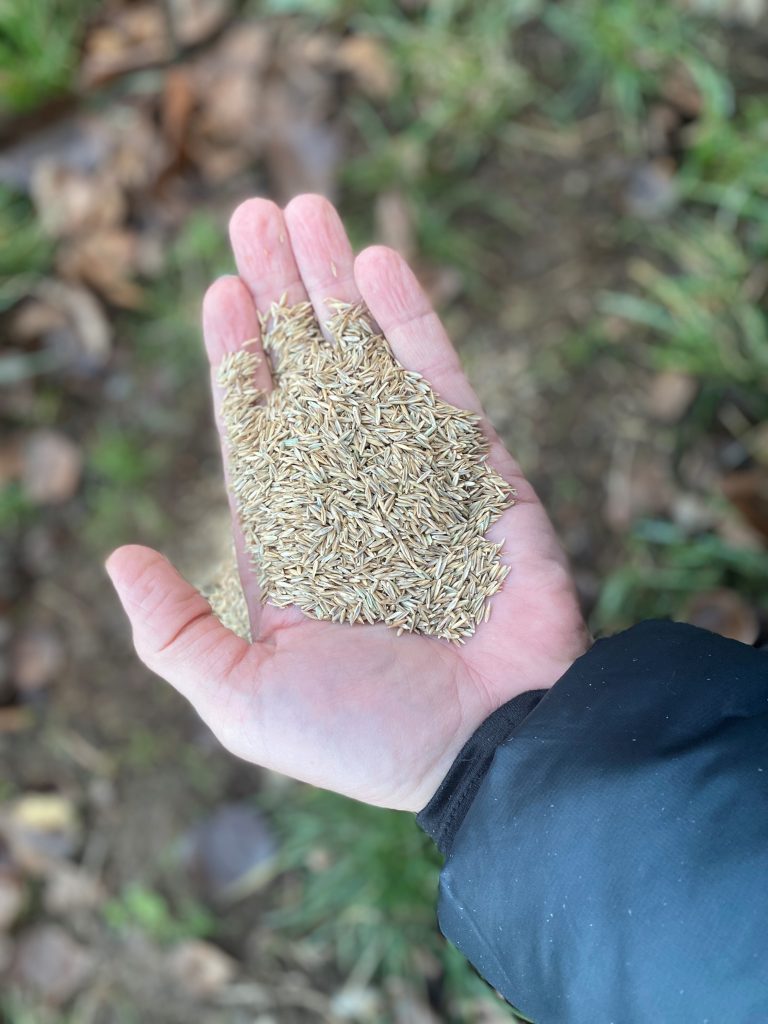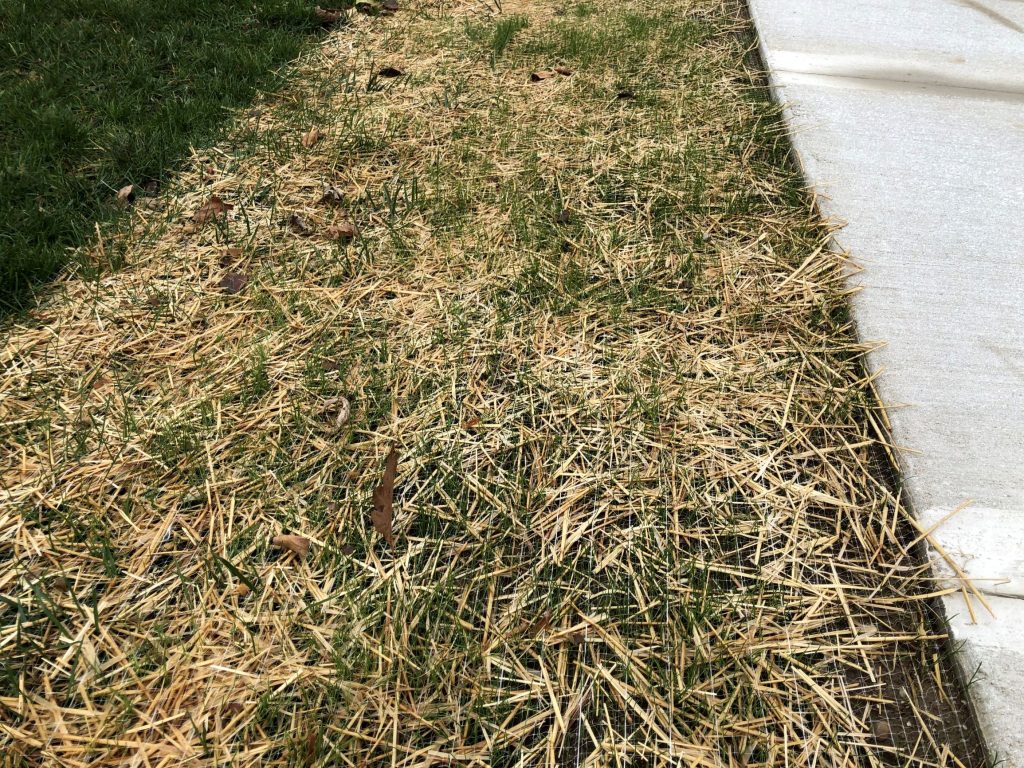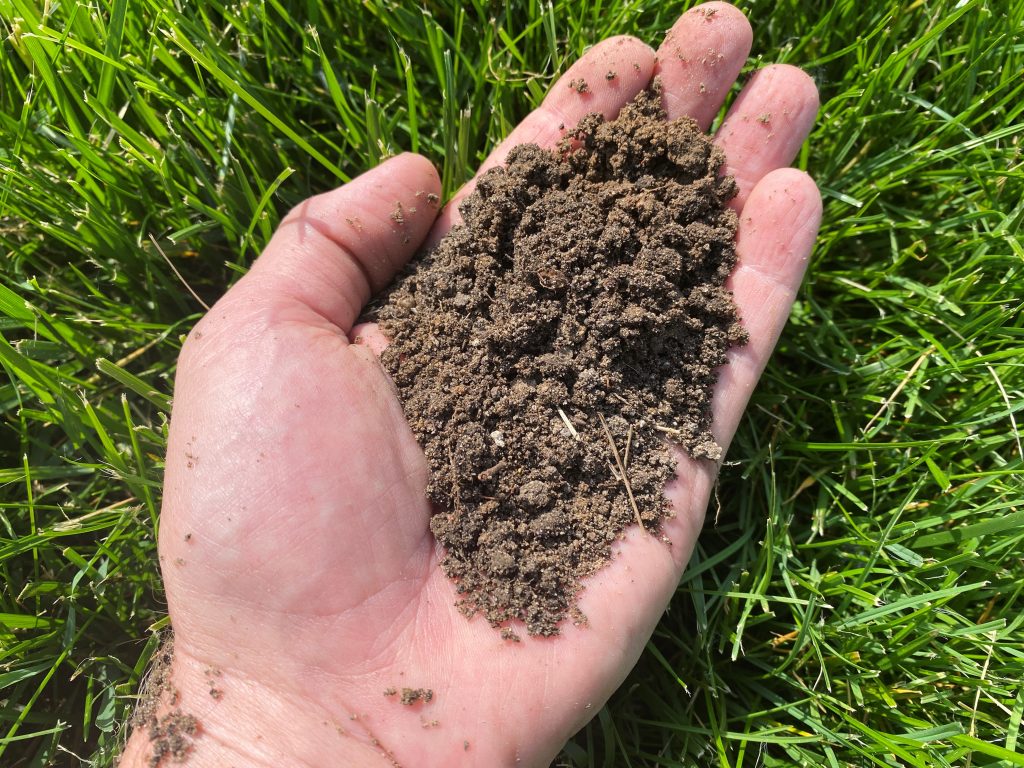
What’s the first step when planting a new lawn or renovating an existing one? Test your soil.
Whether you are planting a brand new lawn or simply overseeding into an existing lawn, make sure you do a soil test first, especially if you’ve never done one. Most homeowners skip this step; don’t be one of them.
A soil test is important because it will tell you the pH of your soil. Simply put, soil pH is a measure of the acidity or alkalinity of your soil. And it’s critical for the proper functioning of your soil, including the uptake of nutrients for your lawn.
You need to know if your soil is working properly BEFORE you plant any seed or purchase fertilizer.
So often homeowners walk into a garden center to buy lime. Why? Because they do it every year or their neighbor told them it would help. Neither of these are good reasons.
Generally speaking, you want your soil pH to be between 6.5 and 7.2. This will ensure that your fertilizer will perform at peak levels, your grass can grow without difficulty, and the soil micro-organisms are living in a favorable atmosphere. That’s important because they help the nutrients in the soil become available to the grass.
Simply Put:
• If your pH is too high, it will be difficult for your grass to grow.
• If your pH is too low, it will also be difficult for your grass to grow.
• And the soil microbiology will be negatively affected.
So, when you’ve got the correct pH, your soil will be healthier and your grass will be as well.
